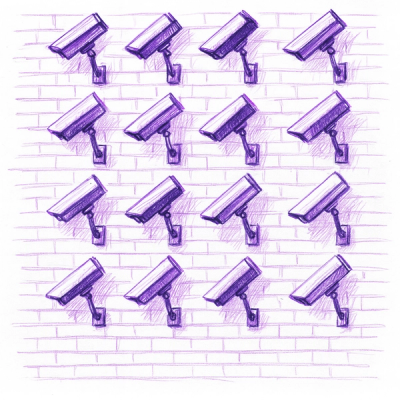angular-lory

Please visit: http://houseofradon.github.io/angular-lory/
Installation
- Using bower to install it.
bower install angular-lory
- Add
angular, lory and angular-lory to your code.
<script src="../bower_components/angular/angular.js"></script>
<script src="../bower_components/lory/lory.js"></script>
<script src="../bower_components/angular-lory/dist/angular-lory.min.js"></script>
- Add the sortable module as a dependency to your application module:
ngLory
angular.module('MyApp', ['ngLory'])
Usage
Prerequisited css & HTML
.slider {}
.frame {
width: 880px;
position: relative;
font-size: 0;
line-height: 0;
overflow: hidden;
white-space: nowrap;
}
.slides {
display: inline-block;
}
li {
position: relative;
display: inline-block;
width: 880px;
}
This directive allows you to use the angular-lory plugin as
an angular directive. It can be specified in your HTML
as either a <div> attribute or a <lory> element.
<lory settings="loryConfig" infinite=true>
...
</lory>
Attributes & Event
settings: required Object containing any of the lory options. Consult here.
method optional containing lory method. discussed below in detailevent optional containing lory event
$scope.loryConfig = {
rewind: true,
infinite: false,
method: {},
event: {}
};
Method
- All the functions in the plugin are exposed through a control
attribute.
- To utilize this architecture, and have two-way data-binding,
define an empty control handle on scope:
$scope.loryConfig = {
method: {}
}
- Pass it as the value to control attribute. Now, you can call any plugin methods
as shown in the example.
<button ng-click="loryConfig.method.slideTo(2)">slideTo(2)</button>
<button ng-click="loryConfig.method.prev()">prev()</button>
<button ng-click="loryConfig.method.next()">next()</button>
<button ng-click='loryConfig.method.reset()'>reset()</button>
<button ng-click='loryConfig.method.destroy()'>detroy()</button>
Todo
Credits
Lisence
This project is under the MIT license.




